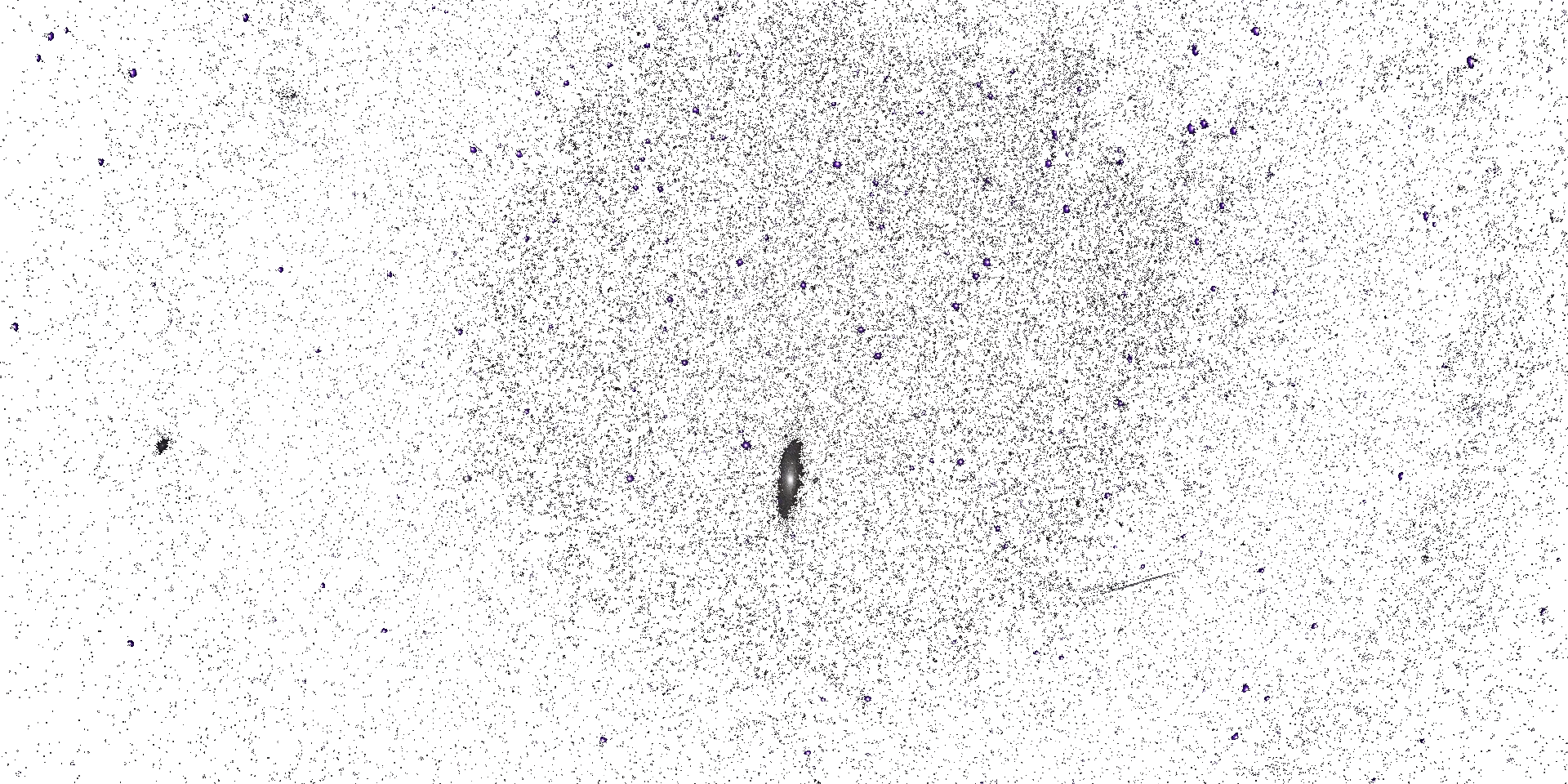




Space Climate 8 Meeting Abstract
Space weather variation within and across multiple solar cycles- a solar cycle 'clock'.
Sandra C Chapman (Centre for Fusion, Space and Astrophysics, Physics Department, University of Warwick, UK; Department of Mathematics and Statistics, University of Tromso, Norway)
Geomagnetic storms have the potential for significant impact on a wide range of technologies, including aviation, communications and power transmission grids. A particular challenge is quantifying the occurrence likelihood of extreme events which, by definition, are rare events. The likelihood of occurrence of geomagnetic storms varies with the solar cycle of level of activity, and each solar cycle has a unique amplitude and duration.
Whilst there are comprehensive high fidelity observations of the sun, the solar wind and the geomagnetic response at earth, both from individual ground based magnetometers and indices, such as DST, that are derived from them, over the last four to five solar cycles, observations that extend over multiple cycles are more limited. We consider the daily sunspot number (SSN, since 1818), the monthly SSN (since 1749) and the response at earth monitored by the aa index (since 1868). The aa index is highly discretized in amplitude as it is derived from the K index at two antipodal ground based magnetometer stations. Nevertheless, exceedences of the aa index above a threshold have been shown to track maxima in DST [1], providing a mapping to use aa to quantify the intensity of geomagnetic storms.
The Hilbert transform of SSN can be used to map the irregular solar cycle onto a normalized epoch, or clock [2,3]. We use the clock to study solar and geomagnetic climatology as seen in datasets available over multiple solar cycles. The aa index can be used to directly monitor how geomagnetic activity is varying with the solar cycle in two ways (i) the amplitude of events, via aa exceedences and (ii) recurrent streams, via the 27 day (solar rotation) autocovariance of aa [3]. All of this information can then be combined on a solar cycle clock. The clock can be mapped back into the time domain to provide a chart which looks across multiple solar cycles both in time and in normalized epoch.
This chart reveals that the most intense events are almost completely excluded from a quiet interval around solar minimum of ~4.4 (normalised) years duration. Whilst the aa index extends over 14 solar cycles, the chart can be constructed from daily or monthly SSN, covering up to 25 cycles. Historical records of intense storms, and also of events that were recorded to have significant impact, can be added to the chart. The chart thus provides a framework to integrate physical and societal observations of extreme space weather events and their impacts.
[1] S. C. Chapman, R. Horne, N. W. Watkins, Using the aa index over the last 14 solar cycles to characterize extreme geomagnetic activity. Geophys. Res. Lett.(2020) doi: 10.1029/2019GL086524
[2] S. C. Chapman, S. W. McIntosh, R. J. Leamon, N. W. Watkins, Quantifying the solar cycle modulation of extreme space weather, Geophysical Research Letters, (2020) doi:10.1029/2020GL087795
[3] S. C. Chapman, S. W. McIntosh, R. J. Leamon, N. W. Watkins, The Sun's magnetic (Hale) cycle and 27 day recurrences in the aa geomagnetic index. Ap. J. (2021) doi: 10.3847/1538-4357/ac069e
